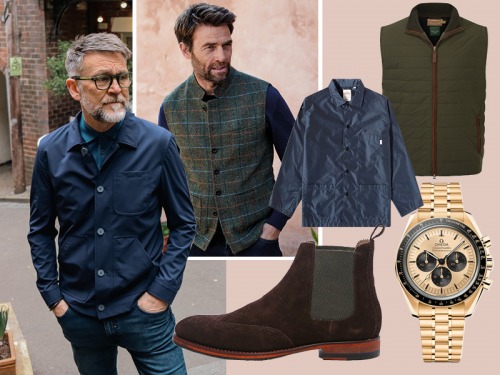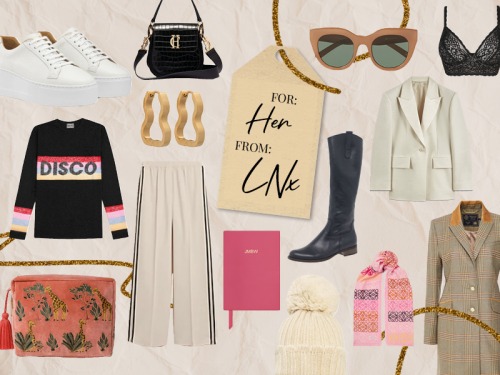How Sustainable Knitwear Brand, HERD, Are Helping to Revive the Tradition of Sheep Farming for Wool in the UK
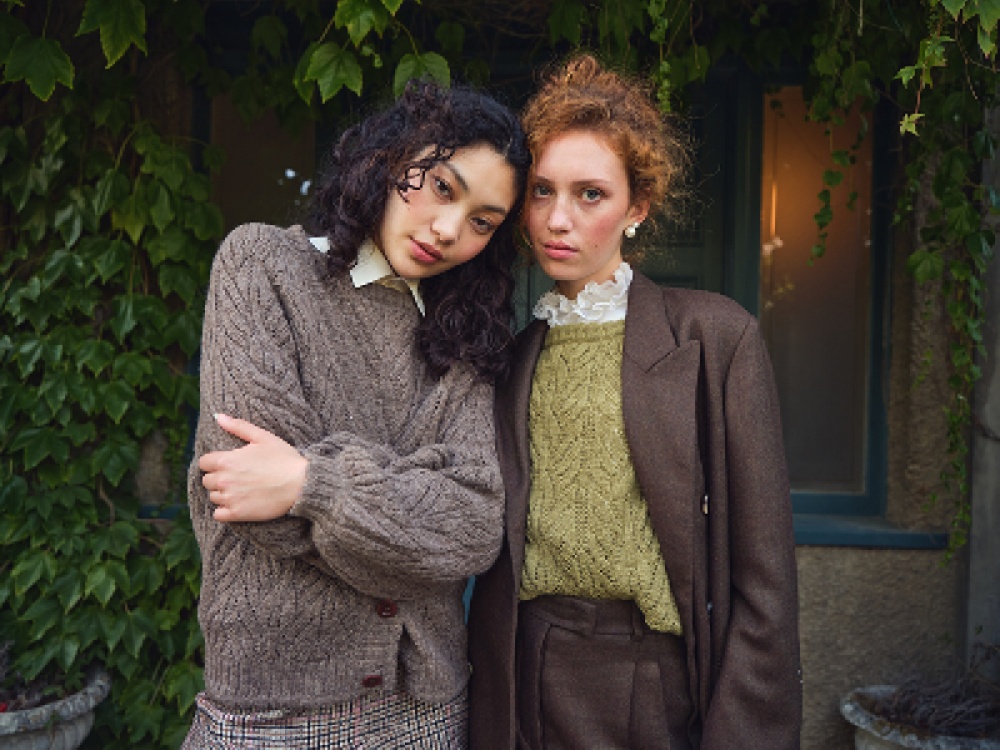
HERD’s mission is to make beautiful, sustainable knitwear to help revive the tradition of sheep farming for wool and to do so locally, naturally and with minimum waste. We caught up with the brand’s founder, Ruth Rands, to find out more
While living in California Ruth’s interest in knitting and her career in creating supply chains that link directly from harvester to consumer merged when she began digging into the wool industry. ‘I uncovered this unnecessarily lengthy supply chain covering thousands of wasteful miles,’ she explains. ‘On my return to the UK, I was even more confused given the number of sheep and the history of wool making in England, particularly here in the north. From this heritage, coupled with a real love of knitwear, I came up with the idea for HERD.’
Two years of planning and research into British wool farming allowed Ruth to home in on what the essence of the HERD brand should be. ‘What really brings the business together, and what our real USP is, is that we are vertically integrated. We purchase the fleeces from the farmers directly and then commission process it, so we have oversight over how we carry out every step of the process and that is all done within 150 miles of the sheep farms,’ says Ruth.
This is no easy feat. The first steps include buying the fleeces from around 40 farmers from across Lancashire, Yorkshire, Cumbria and Northumberland, before collecting them all in Yorkshire where they are taken to a scouring facility to be washed to remove all the grease, dirt and farm-remnants caught in the fleece – this process almost halves the weight of the fleece so it’s a significant step.
Ruth likes to stick close to home when it comes to the type of fleeces she uses. ‘We only use the fleeces from Blue Faced Leicester sheep, bred into existence in the 1860s in the Leicestershire area and a really crucial part of the lamb-to-table meat supply chain in the UK. The reason that we only use those fleeces is they have the finest micron count of the British wool clip, and a lovely long staple. The staple is the length of the hair and that, along with the micron count, creates a very smooth, silky fibre with very few ends. Ends are the things that make you itch so that’s why the wool is so well-suited to both knitwear and weaving.’
‘We only work with hill farms which are livestock farms not suitable for arable, and there’s a historic mosaic of fields intersecting with fells, dales and heathland which create these colour variations in different seasons’
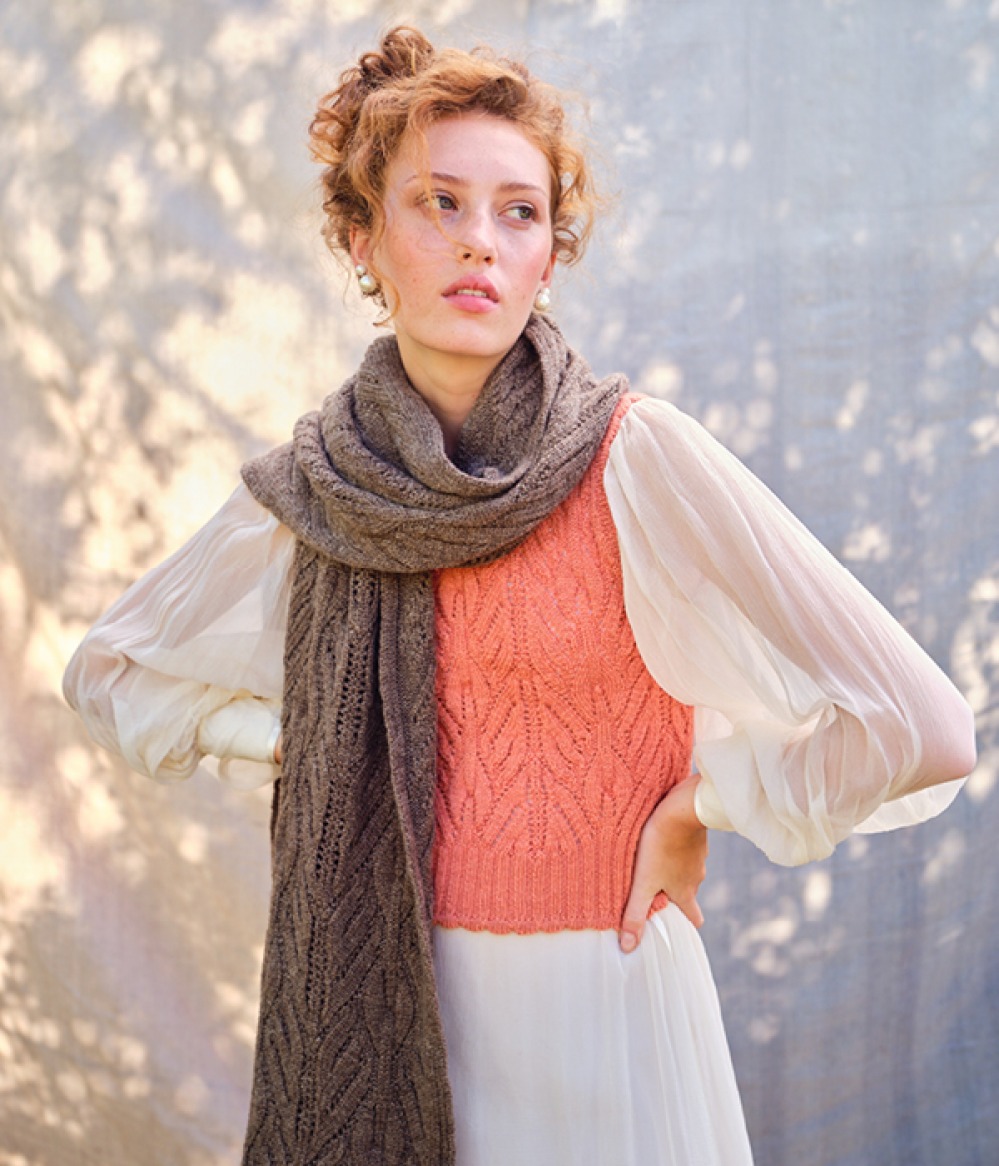
Once scoured and dried, the wool turns fluffy, so it is taken to the combing plant where it goes through a number of different machines that align the fibres and create smooth slivers of wool. After that, it goes to the spinners where different percentages of brown and cream fleeces are blended together to create a variety of natural colours, before being spun into yarn. Finally, the yarn is either sent to HERD’s brand customers – for example TOAST, Sunspel, Navygrey and Bamford – or taken to their own knitting factory in Nottinghamshire, where it is made into knitwear or spun into balls of hand-knit yarn.
The new Freckleton Collection is a launch of cardigans and jumpers inspired by multiple visits to the landscape grazed by their flock. ‘We only work with hill farms which are livestock farms not suitable for arable, and there’s a historic mosaic of fields intersecting with fells, dales and heathland which create these colour variations in different seasons,’ Ruth explains. ‘So that was the inspiration for this idea of patchwork, both in stitch and colour, creating a true mosaic and using both our naturally-blended yarns and our plant-dyed yarns.
‘I think also there’s something about patchwork which is very in tune with the history of rural life really. Patchwork was often done at home by women who used ends and scraps of things to create something that had a lifetime value, and that’s what we feel the Freckleton is. It’s a piece that transcends trends and will be a wardrobe staple for many, many seasons to come.’
HERD have taken all of the toxic chemicals out of the process and then at the dying stage they are funding and conducting research and innovation around using plant-dyes. ’Using plant dyes on a large scale hasn’t been done to date because it is hard to recreate exactly the same colour in every batch, even using exactly the same recipe, because the potency of the dyes will depend on the season it was grown in or how much sun there was, exactly like wine,’ explains Ruth. ‘They’re more expensive than petrochemical dyes, so we’re just in the early stages of creating a viable alternative within the British wool processing supply chain, which is really exciting.’
‘We’re also beginning the conversation with consumers about plant dying, such as the chance of some colour variation or the depth and character of the plant dyes over the consistency of petrochemical dyes and how flat they are. We’re really wanting to open consumers’ minds to maybe looking at colour in clothing in a different way. I don’t really know what the reaction is going to be.’
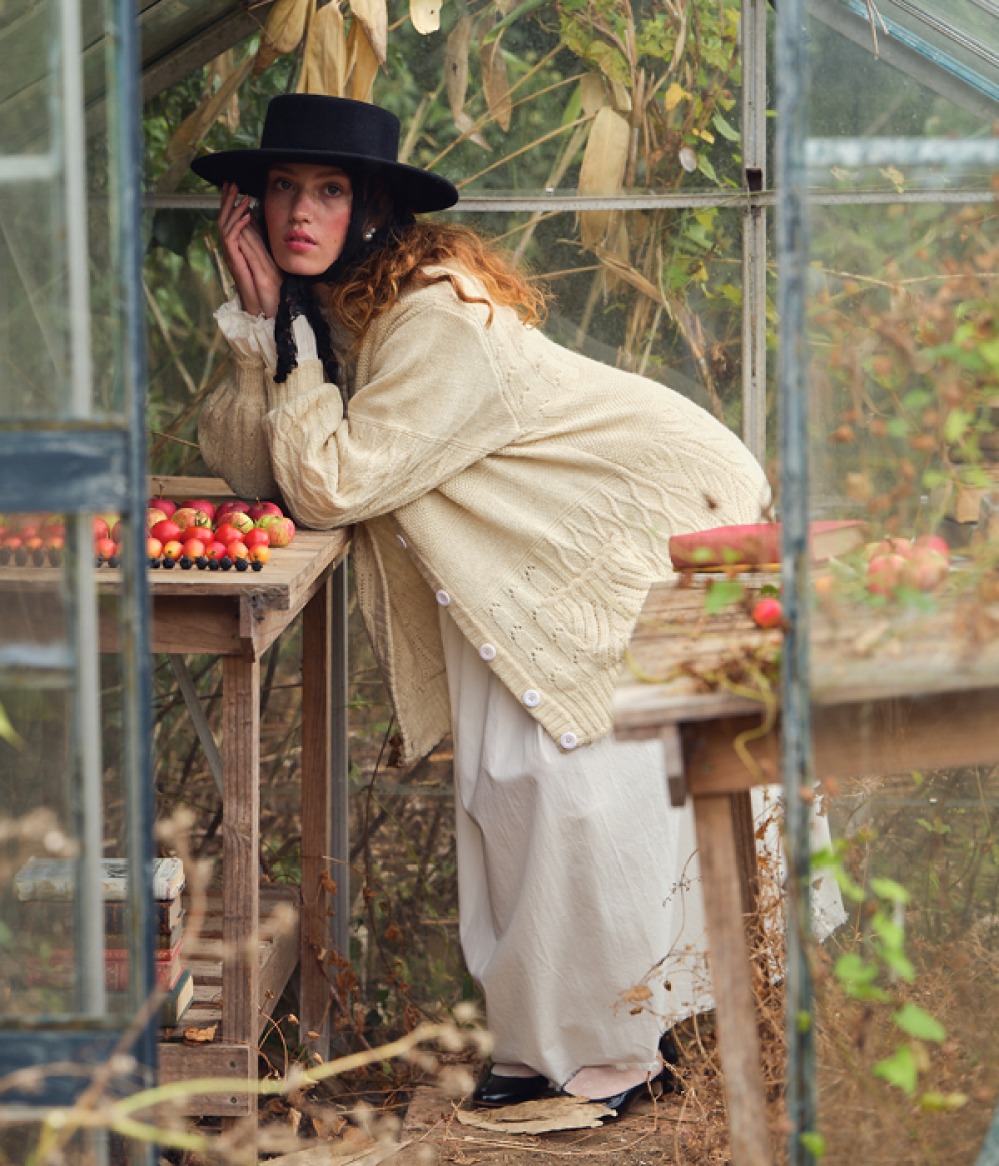
‘What I take from my visits and the time I spend there is the profound connectedness of people to the land there which is really moving and really inspiring’
This desire to create timeless items, using British-farmed wool and plant-derived dyes, reflects the importance of sustainability to Ruth and HERD. ‘Wool is one of the most sadly overlooked natural resources. It’s biodegradable, it’s warm, it’s soft, it’s antibacterial, it’s anti-inflammatory, it shrugs off stains, it can be water-resistant and we are yet, as humans, still to create a technical fibre as fit for clothing as wool, and yet millions of tonnes of fleece goes to waste and we are still draining the earth’s precious resources of oil in order to make clothing which ends up in landfill, disrupting ecosystems around the world and polluting people’s lives in developing countries. It’s just a terrible waste. So the goal of HERD really is to reignite our love for wool and to celebrate the unique and unparalleled qualities of this fibre.’
Celebrating the north, and the hills and farms where her products first begin is important to Ruth. ‘Of course, the landscape has an epic quality that is rare to find elsewhere, but really what I take from my visits and the time I spend there is the profound connectedness of people to the land there which is really moving and really inspiring.
‘It’s that very natural, fluid, honest and authentic relationship with their farms, their landscape, and their communities which I love being around, and which has really built the fabric of what HERD is about. It’s about community. It’s about expressing how we can be more connected to where things come from and how things are made. We don’t need to be at arm’s length, things don’t need to be behind a veil happening in different countries, by people we’ll never meet. They can be happening just up the M6.’




